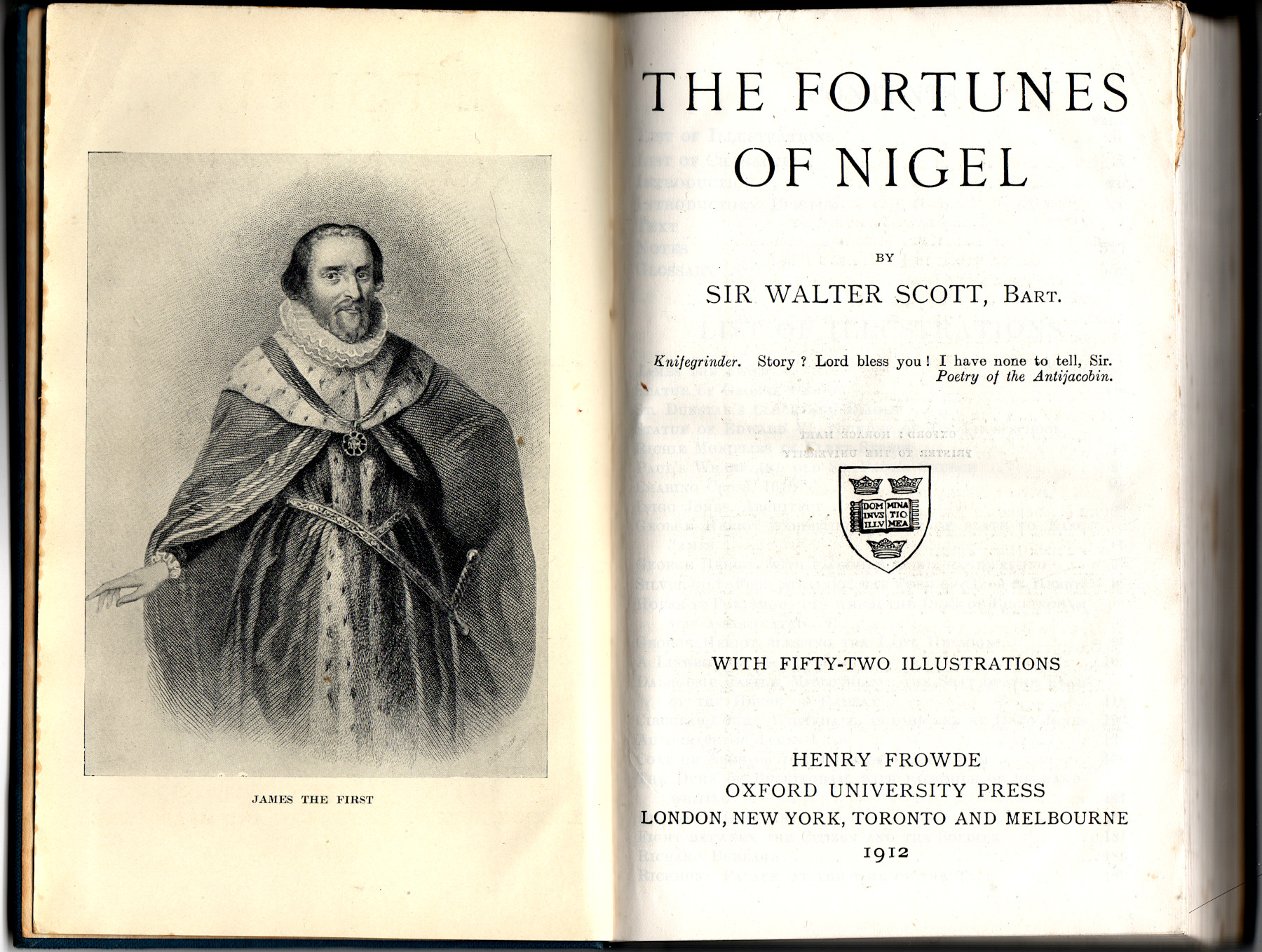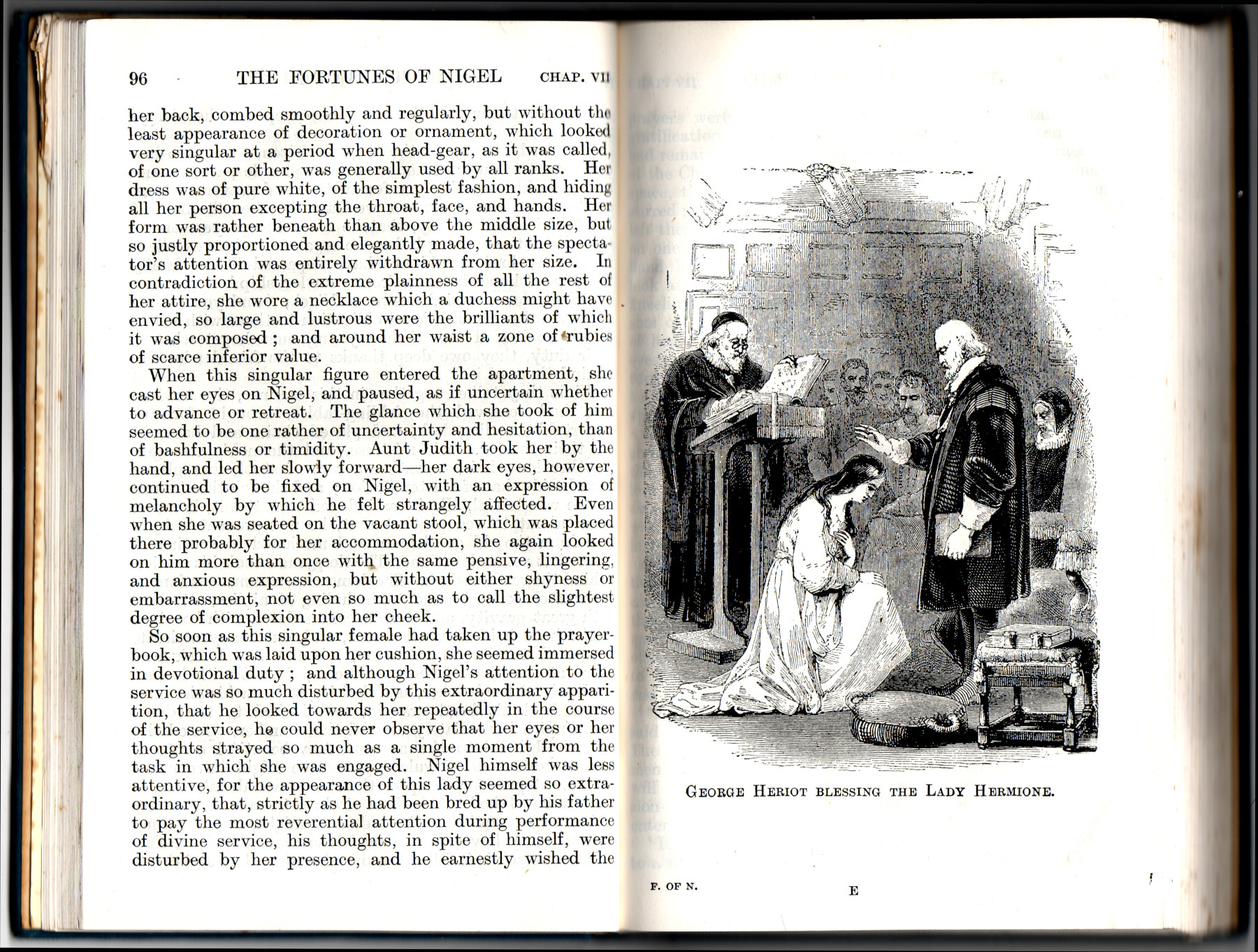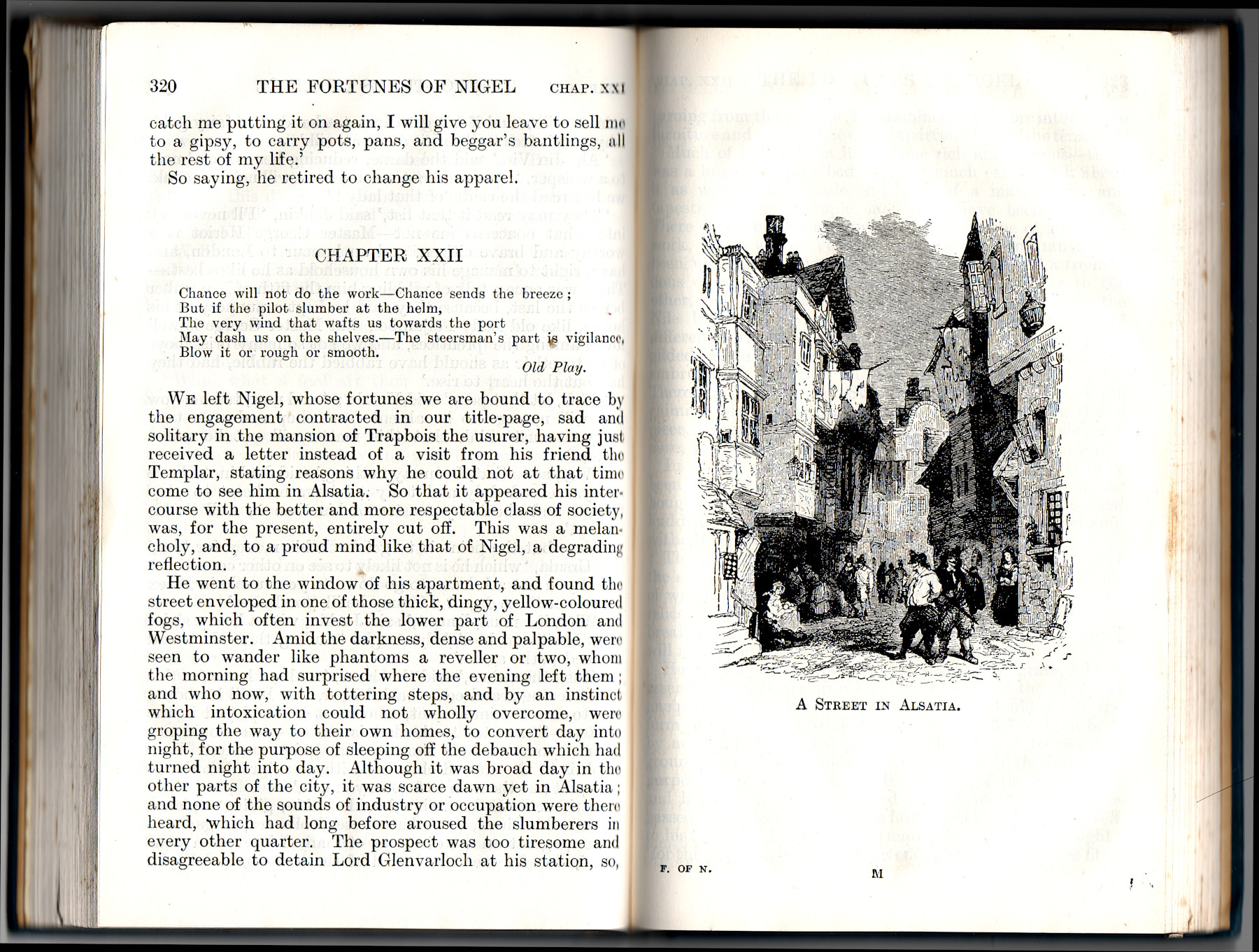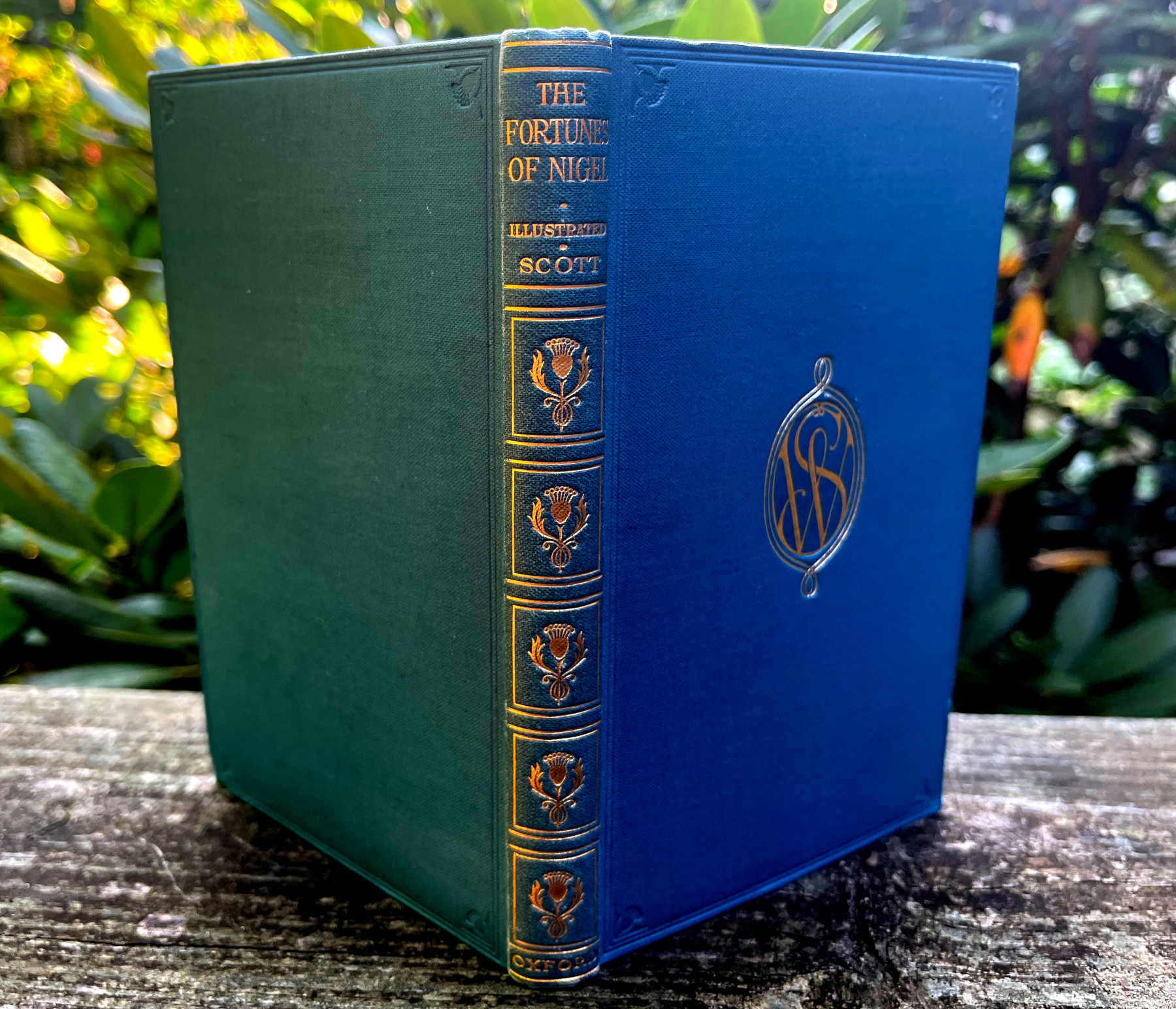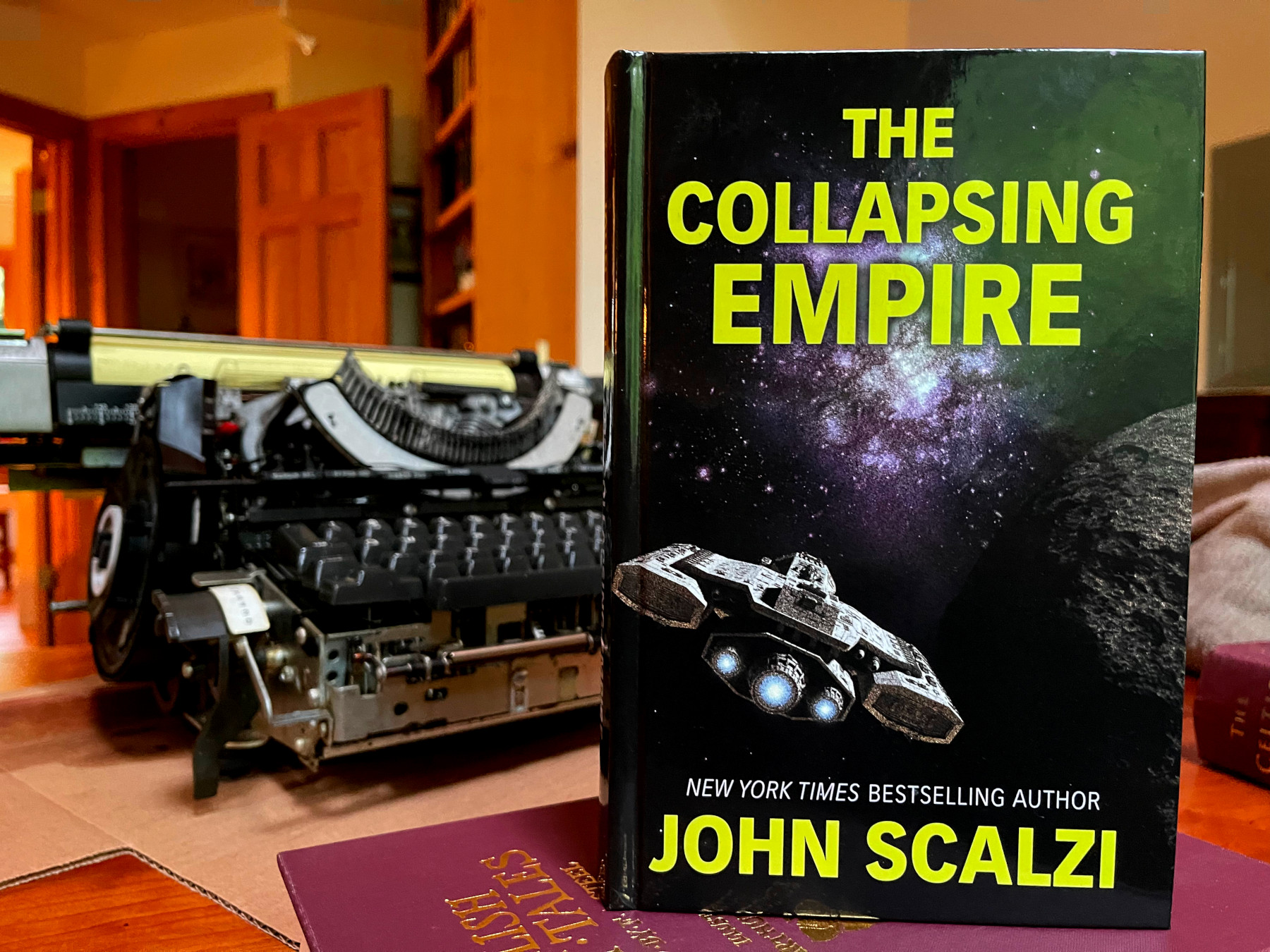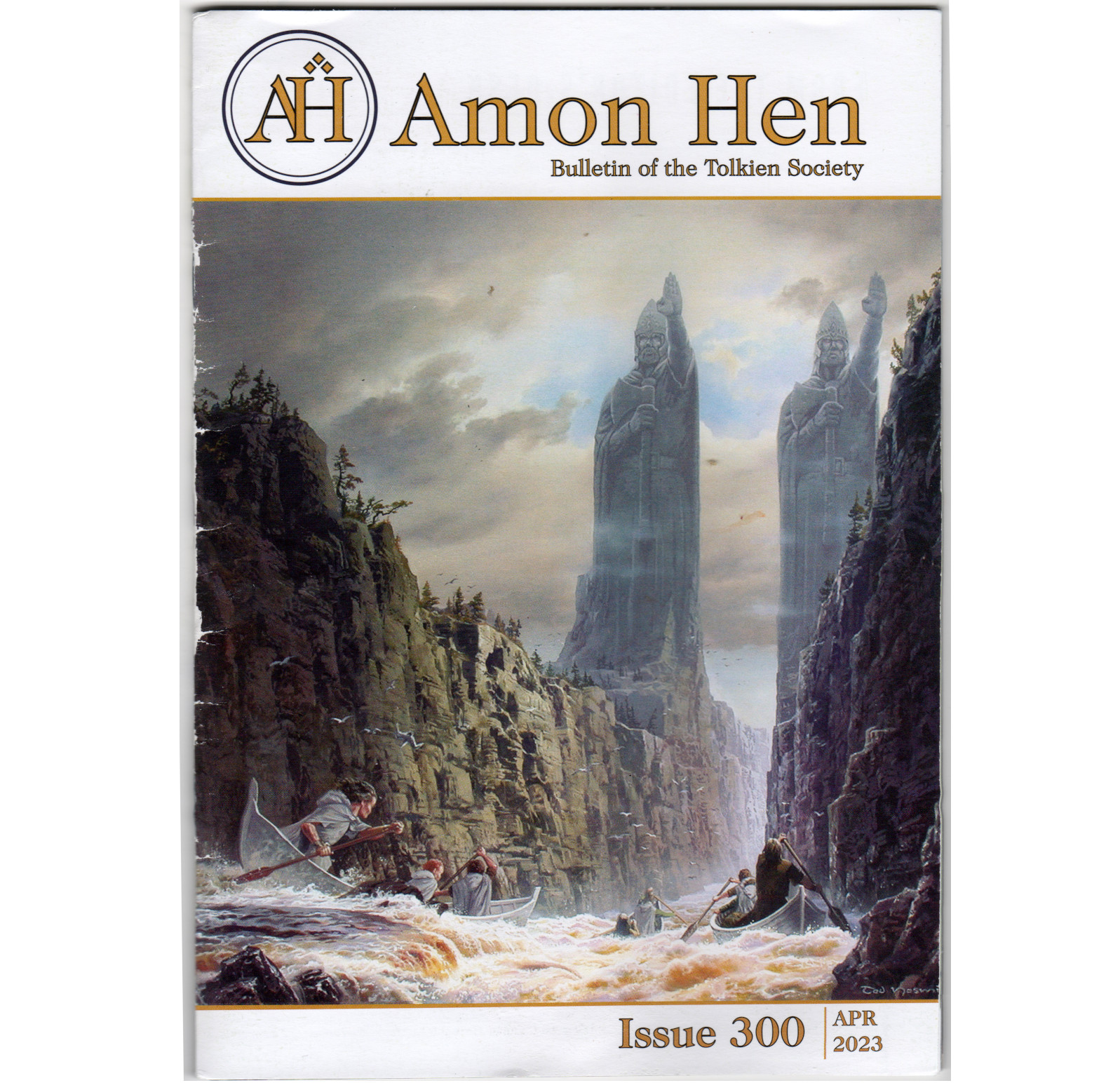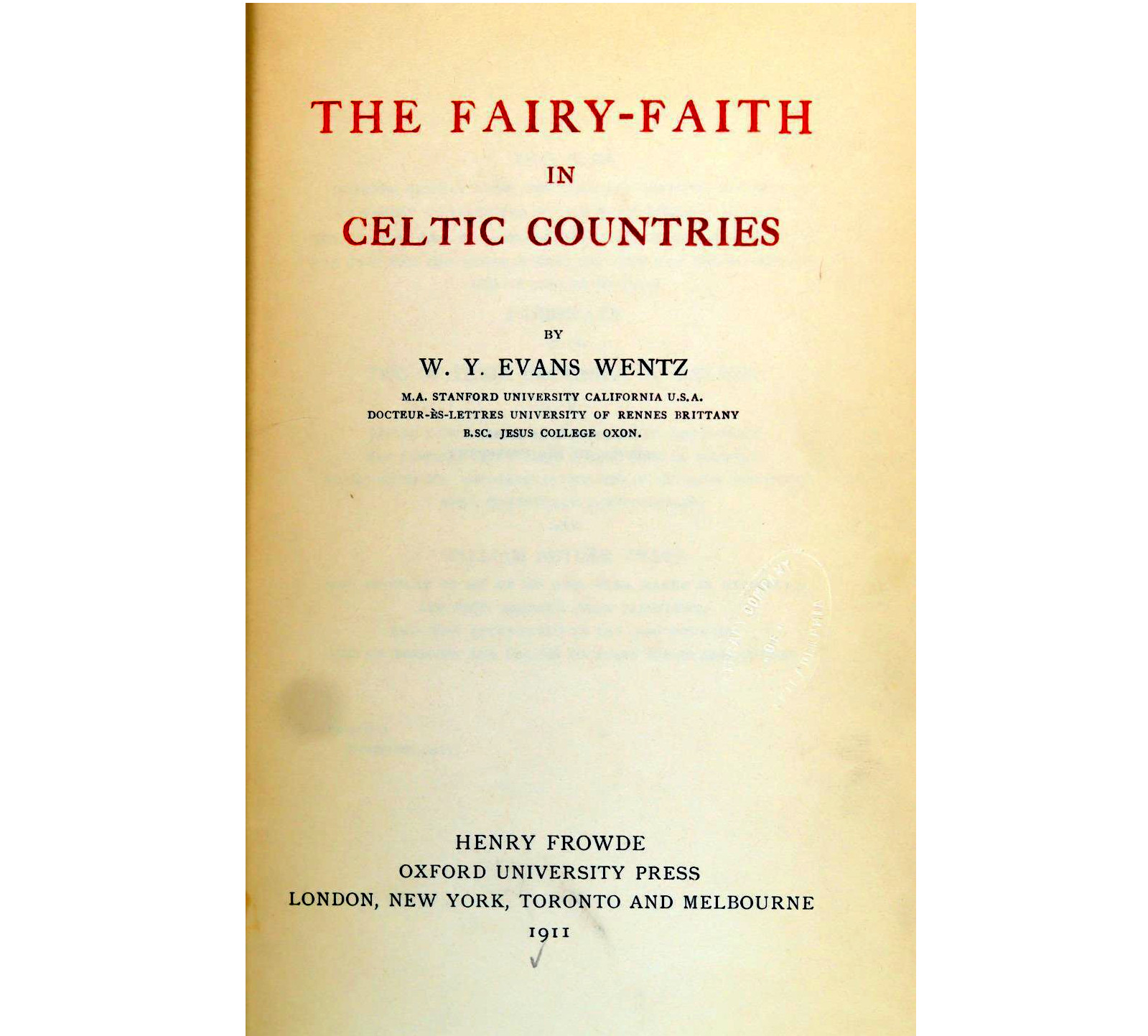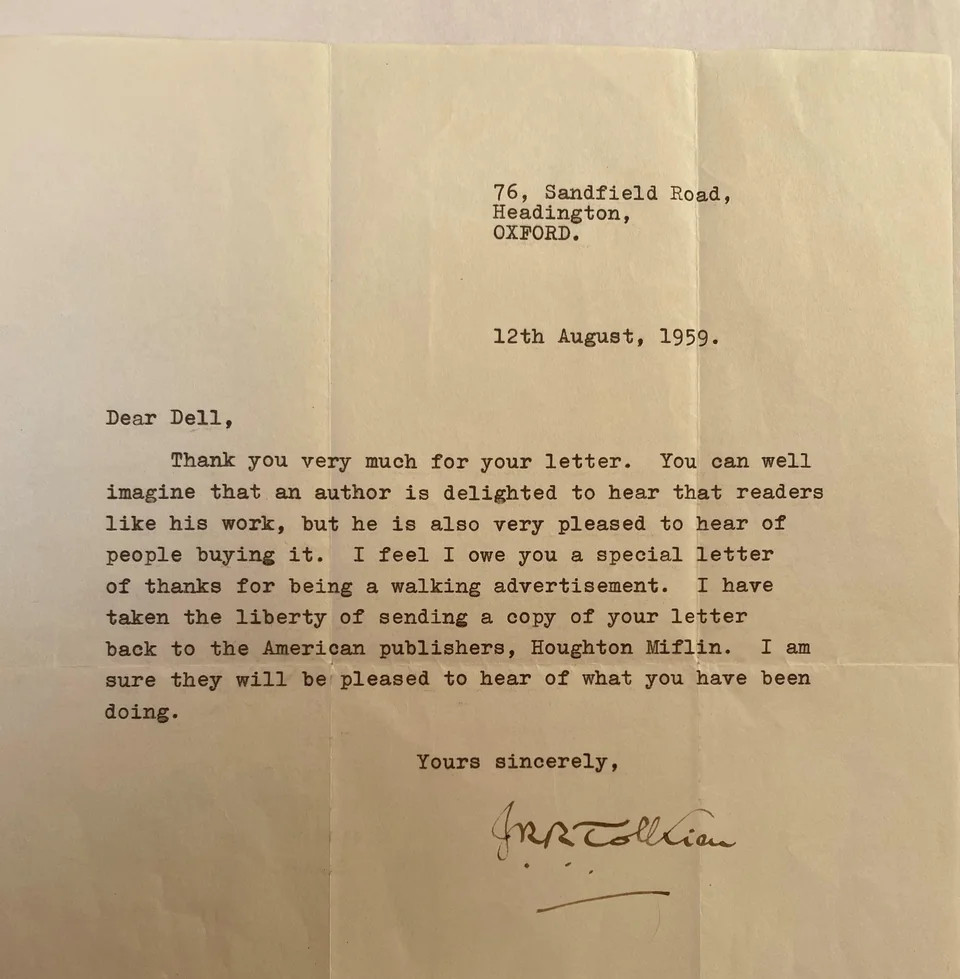
By accident, in the trashy wilderness of HBO Max, I discovered “Parade’s End,” a lavish five-part series from BBC Two that was broadcast in 2012. Benedict Cumberbatch plays Christopher Tietjens, a character in four novels by Ford Madox Ford published between 1924 and 1928. I’ve watched only the first episode so far, but it’s one of the best things I’ve come across in a while. The screenplay was adapted by Tom Stoppard, and, according to Wikipedia, it was often described as “the highbrow Downton Abbey.”
Who was Ford Madox Ford, and why had I never heard of him? Ford was very prolific and published something like 70 books. He knew all the literary luminaries of his time. But he never made any money, and his first editions seem to have ended up in rare book collections. That is, he fell out of print. His style was said to be experimental, modernist, and even impressionist — not at all a style to which I am attracted. But I sampled some of his prose at Google Books, and it seems entirely readable.
By some accounts, Ford was a disagreeable person, and Ernest Hemingway famously hated him, though Ford, as editor of the Transatlantic Review, had published some of Hemingway’s work. In a 2016 article “Why did Ernest Hemingway despise Ford Madox Ford?“, there is a quote from an interview with Ford:
“During a late interview with journalist George Seldes, Ford, on the verge of tears, says of Hemingway: ‘he disowns me now that he has become better known than I am.’ Tears now came to Ford’s eyes… ‘I helped Joseph Conrad, I helped Hemingway. I helped a dozen, a score of writers, and many of them have beaten me. I’m now an old man and I’ll die without making a name like Hemingway.’ In his published description of the encounter, Seldes notes, ‘At this climax Ford began to sob. Then he began to cry.'”
On eBay, I found a 1961 edition of the four novels in a single volume. The titles are Some Do Not …, No More Parades, A Man Could Stand Up–, and The Last Post.
As I think I’ve said here before, novels that don’t become classics tend to become obscure. Some are rediscovered. Ford lived during a very fertile time for literature — Proust, Hemingway, James Joyce. Fertile or not, it’s not a period that interests me very much. But I’ll have a go at Ford, in the hope that, if a nimrod like Hemingway disliked him, that’s a recommendation.





